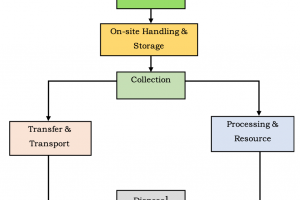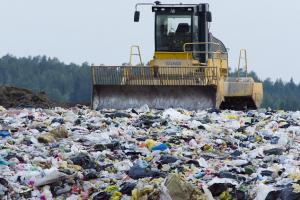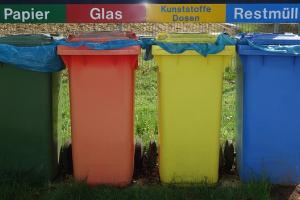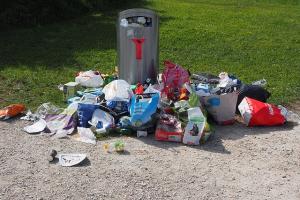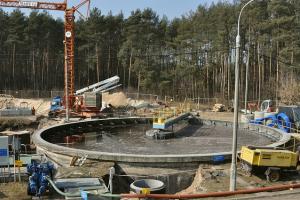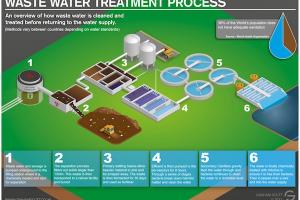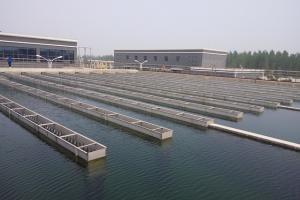Methods of Sewage Waste Disposal
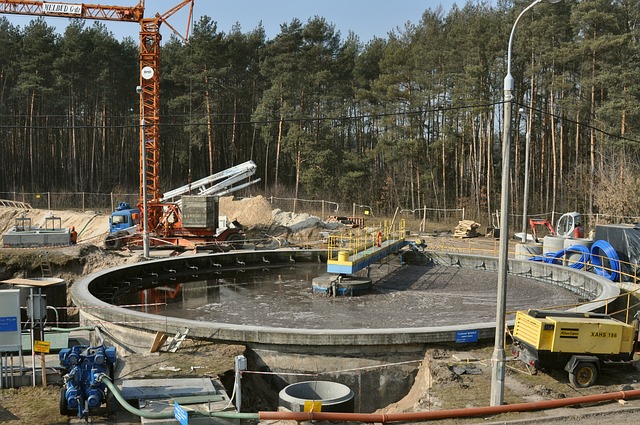
There are several methods for sewage waste disposal, and the most appropriate method of sewage disposal depends on various factors such as the scale of the system, available infrastructure, local regulations, and environmental considerations. Here are some commonly used methods:
Sewage Treatment Plants:
Sewage treatment plants are designed to treat wastewater on a large scale. The process typically involves multiple stages such as primary treatment (physical removal of solids), secondary treatment (biological treatment to remove organic matter), and tertiary treatment (advanced processes to remove remaining contaminants). The treated water can be discharged into water bodies or reused for non-potable purposes like irrigation.
Septic Systems:
Septic systems are commonly used in rural areas or locations without access to centralized sewer systems. They consist of an underground tank where sewage is collected and allowed to undergo natural decomposition. The partially treated effluent is then discharged into a drain field, where it percolates through the soil for further treatment and filtration.
Composting Toilets:
Composting toilets are an Eco-friendly alternative that uses the natural process of decomposition to treat human waste. They separate urine and feces, allowing them to be composted separately. The solid waste is mixed with organic materials like sawdust or peat moss, creating an environment for microbial breakdown. Over time, the waste is converted into nutrient-rich compost that can be safely used as fertilizer.
Sewage Lagoons:
Sewage lagoons, also known as stabilization ponds, are shallow ponds used for wastewater treatment. The ponds facilitate the natural process of decomposition and microbial action to break down organic matter. They rely on sunlight, algae growth, and aerobic bacteria to treat the sewage. After treatment, the effluent may undergo further disinfection before being discharged.
Discharge to Water Bodies:
In some cases, treated or untreated sewage may be discharged directly into rivers, lakes, or oceans. This method is regulated to ensure the effluent meets specific quality standards to prevent pollution and protect aquatic ecosystems.
Land Application/Reuse:
Treated sewage effluent can be reused for irrigation purposes, especially in arid regions. This reduces the demand for freshwater and provides a beneficial use for the treated wastewater. The effluent may undergo additional treatment or disinfection before being used for irrigation.
Industrial Treatment Systems:
Industries that generate large volumes of wastewater often require specialized treatment systems to remove specific contaminants or pollutants. These systems can include physical, chemical, or biological processes tailored to the specific wastewater composition and regulatory requirements.
It's important to note that the choice of sewage waste disposal method should be made in accordance with local regulations and environmental considerations to minimize the impact on human health and the environment.
Detention Time
Detention Time (Hydraulic Retention Time, HRT) is the length of time a particle or a unit volume of water/wastewater remains in a reactor/basin/tank.
Also See: Types of Hospital Waste
Mathematically;
HRT, tD = (Volume/Discharge) ------- days/hours/sec (units)
Flow Through Velocity or Horizontal Velocity and Settling Velocity
Settling path of a solids particle in a tank
Surface Loading Rate
Surface Loading Rate or Overflow Rate is the volume of water/wastewater applied per unit surface area of the treatment basin and is normally expressed in units of m3/m2-d or gal/ft2-d.
Mathematically;
SLR = (Flow, Q/Area, As) {Numerically; SLR = HRT}
Weir Loading Rate
Weir Loading Rate or Weir Overflow Rate is the quantity of wastewater flowing over a unit weir length of the tank in a unit of time. It is expressed in units of m3/m-d or gal/ft-d.
Mathematically;
WLR = (Flow, Q/Total Length of Weir, L)
PROBLEM: A treatment unit is 1.5 ft wide, 20 ft long, and has a depth of 2.0 ft. if the wastewater flow rate through the tank is 0.5 ft3/sec. Calculate; detention time, overflow rate, and weir loading rate.
Organic Loading is the total quantity of organic matter in terms of BOD or COD that is applied per day over the unit surface area per unit volume of the treatment basin or tank.
Mathematically;
OLR = (applied kg of BOD per day)/(volume of the basin)
It is expressed as kg-BOD/ m3-d or kg-COD/ m3-d
PROBLEM: A treatment basin has a diameter of 20 ft and a depth of 2.5 ft. Calculate the organic loading rate for an effluent of 10.0 MGD having 220 mg/L of BOD.
Food-Microorganisms (F/M) Ratio is the relationship between the available food (F) and the microorganism (M) present in a biological treatment system.
F/M = [(Q*So)/(V*X)] ----------- it is expressed in unit of sec-1 or d-1 etc.
Since, HRT tD = V/Q, therefore, F/M = [So/(tD*X)]
PROBLEM: If the wastewater with a BOD concentration of 200 mg/L is treated in a tank having 5 hours HRT and containing 4000 mg/L MLVSS, calculate its F/M ratio.
Mean Cell Residence Time or Solid Retention Time or Sludge Age; is the average time in days for which biomass is retained in the biological reactors.




